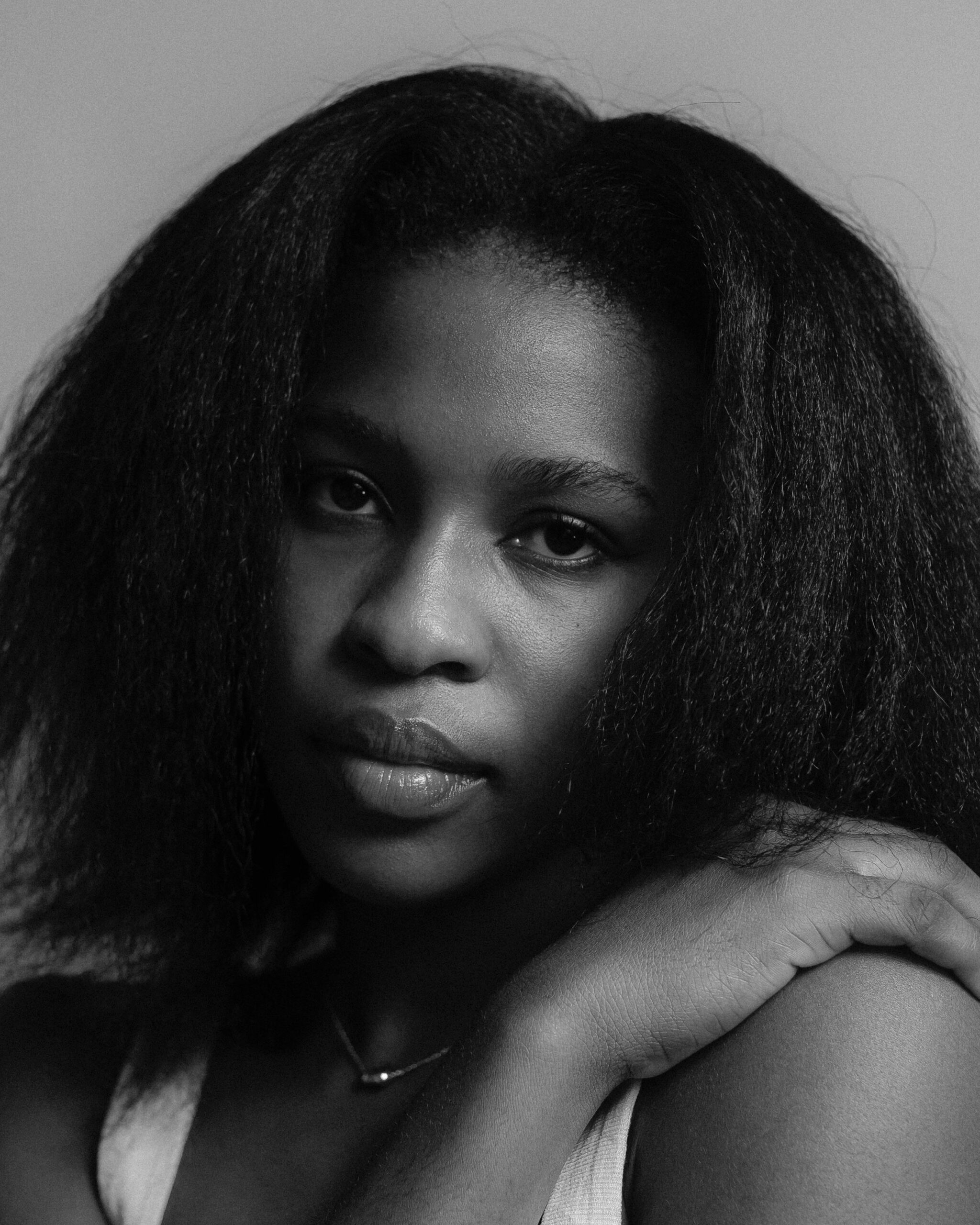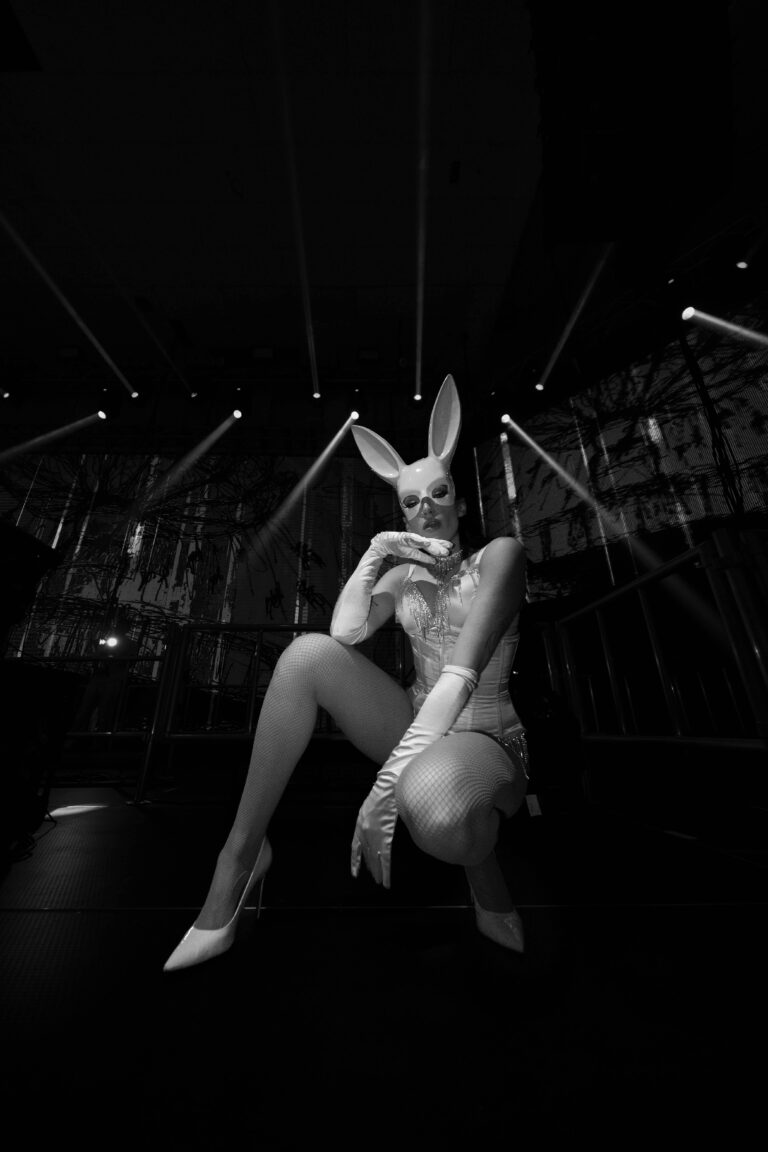The Quiet Panic: How Anxiety Became the Background Noise of Modern Life
There was a time when anxiety was considered a personal struggle—something experienced privately, managed quietly, and often hidden. Today, it’s everywhere. It hums beneath our conversations, scrolls across our feeds, and sits at the center of our daily routines. Anxiety has become less of an individual condition and more of a collective state—a low, constant buzz that defines modern living.
It’s not that we’re more fragile than previous generations. It’s that the world we inhabit—always online, always accelerating, always demanding—was built to overstimulate the human nervous system. We are, quite literally, living in a permanent state of “fight or flight.”
1. The Age of Constant Alerts
Anxiety thrives on uncertainty, and there’s no shortage of that in the digital age. Every day brings a new crisis: breaking news, algorithmic outrage, climate warnings, economic shifts, political chaos. We’re not just informed anymore—we’re immersed.
Our devices ensure we never truly disconnect. The average person checks their phone over 100 times a day. Notifications deliver a steady drip of micro-stressors—each one small, but cumulative, until they form a background hum of unease.
Psychologists call this “continuous partial attention.” Our minds are always on standby, scanning for danger or validation, anticipating the next ping. In this state, rest becomes foreign. Peace feels unfamiliar. The result? A generation that’s alert but exhausted, connected but lonely, productive but perpetually tense.
2. When Productivity Becomes Pressure
The modern obsession with productivity has also turned anxiety into a badge of honor. Hustle culture romanticizes burnout; exhaustion is rebranded as ambition. We’ve learned to equate worth with output—to believe that doing more means being more.
But beneath the motivational slogans and “rise and grind” aesthetics lies a dangerous truth: constant productivity is not sustainable. It traps us in a cycle of guilt and fear—guilt for not doing enough, fear of falling behind. Even leisure has become performative, something to optimize rather than enjoy.
This internalized pressure is one of anxiety’s most subtle forms. It doesn’t always look like panic attacks or racing thoughts. Sometimes, it’s the quiet dread you feel when you’re “off” for too long. The discomfort of rest. The voice that whispers, “You should be doing something.”
3. The Social Media Feedback Loop
Social media, once a space for connection, has become a trigger factory for comparison and overstimulation. Every scroll offers a curated glimpse of other people’s best moments—filtered lives that make our own feel inadequate.
We compare, we question, we perform. The more we chase online validation, the less grounded we become. Studies show a clear correlation between heavy social media use and rising anxiety rates, especially among younger adults.
What’s ironic is that even our coping mechanisms—affirmations, mental-health memes, “wellness” influencers—are often packaged within the same digital platforms that contribute to our unease. It’s self-help on an infinite loop, delivered by the very algorithm that profits from keeping us scrolling.
4. The Body Keeps the Score
Anxiety doesn’t just live in the mind—it lodges in the body. The constant stimulation of modern life keeps our stress hormones, particularly cortisol, chronically elevated. This leads to fatigue, inflammation, digestive issues, and disrupted sleep.
We call it “stress,” but what we’re really describing is nervous system overload. Our bodies were designed for short bursts of danger followed by recovery. Instead, we’re stuck in perpetual alert mode, with no natural off-switch.
The irony is that our attempts to cope often add more noise—energy drinks, doomscrolling, and over-scheduling only deepen the cycle. True calm has become a lost art.
5. The Return to Stillness
The quiet panic of modern life won’t vanish overnight, but awareness is the first step toward reclaiming peace. Many people are now turning away from constant stimulation and seeking stillness in simpler forms: morning walks, digital detoxes, therapy, meditation, or just sitting in silence.
Stillness, once mistaken for laziness, is being rediscovered as medicine. It’s a rebellion against the noise—a way to remind the nervous system that safety still exists.
The challenge isn’t just to reduce anxiety; it’s to redefine our relationship with it. Some anxiety is inevitable—it’s part of being human. But when it becomes the soundtrack of our lives, it’s a sign we’ve lost balance between awareness and overwhelm.
The quiet panic shaping our modern world isn’t loud, but it’s pervasive. It seeps into our mornings, our workdays, our nights. Yet it also reveals something important: our collective yearning for calm.
The antidote isn’t found in productivity hacks or wellness fads—it’s in presence, community, and disconnection from the constant digital hum. Maybe the goal isn’t to eliminate anxiety, but to turn down the volume enough to hear ourselves again.
Because beneath the noise, what most of us crave isn’t more—it’s peace.







